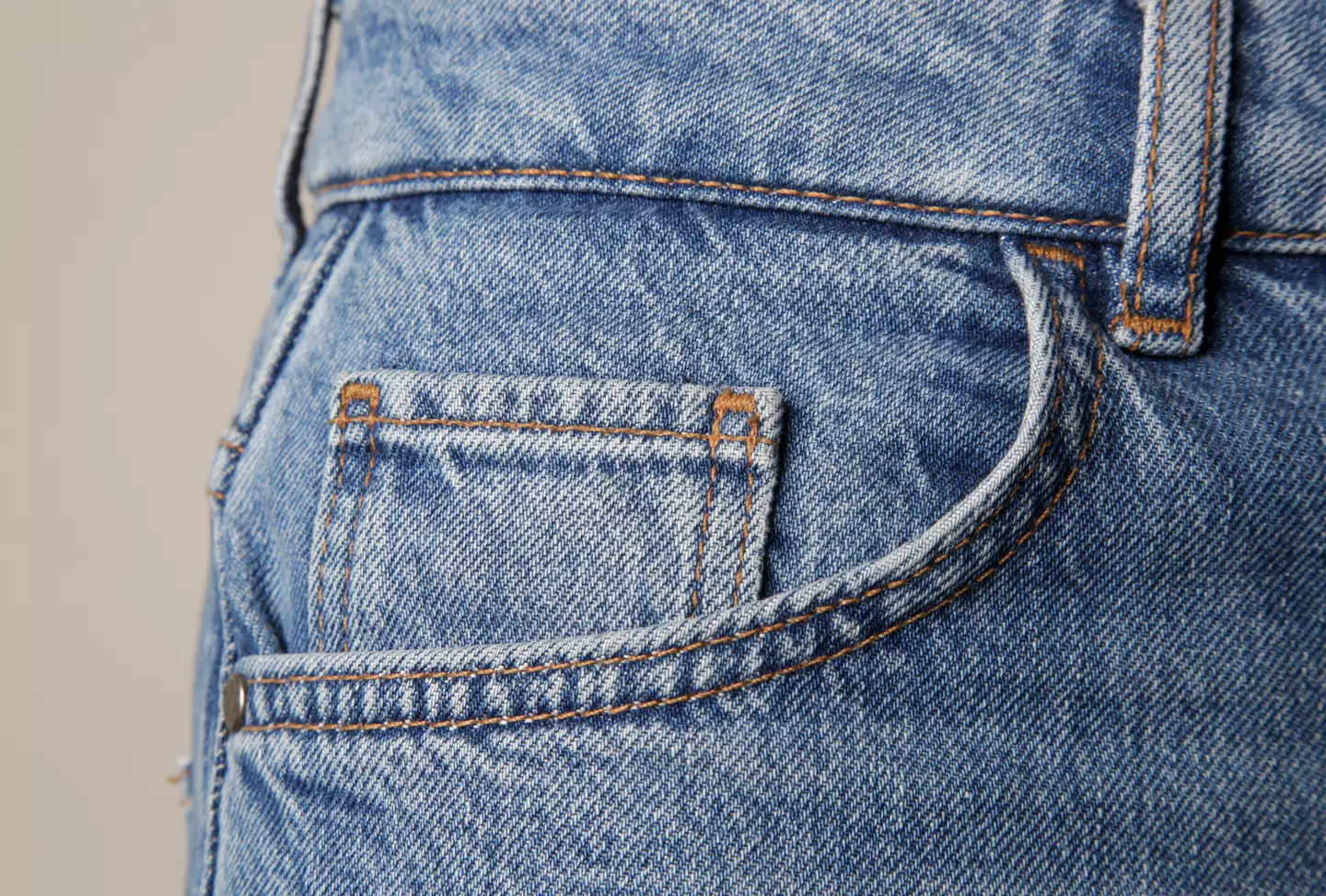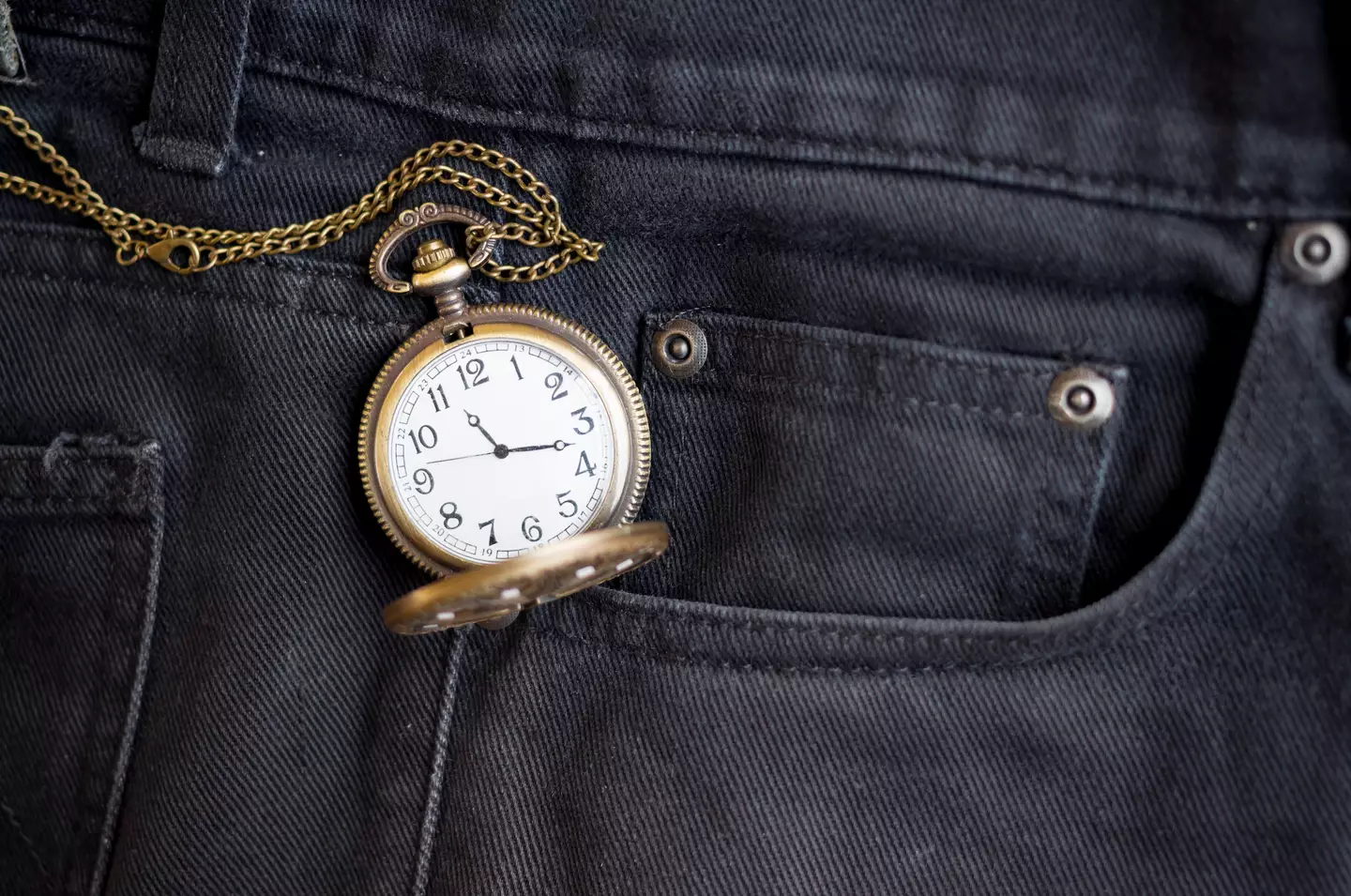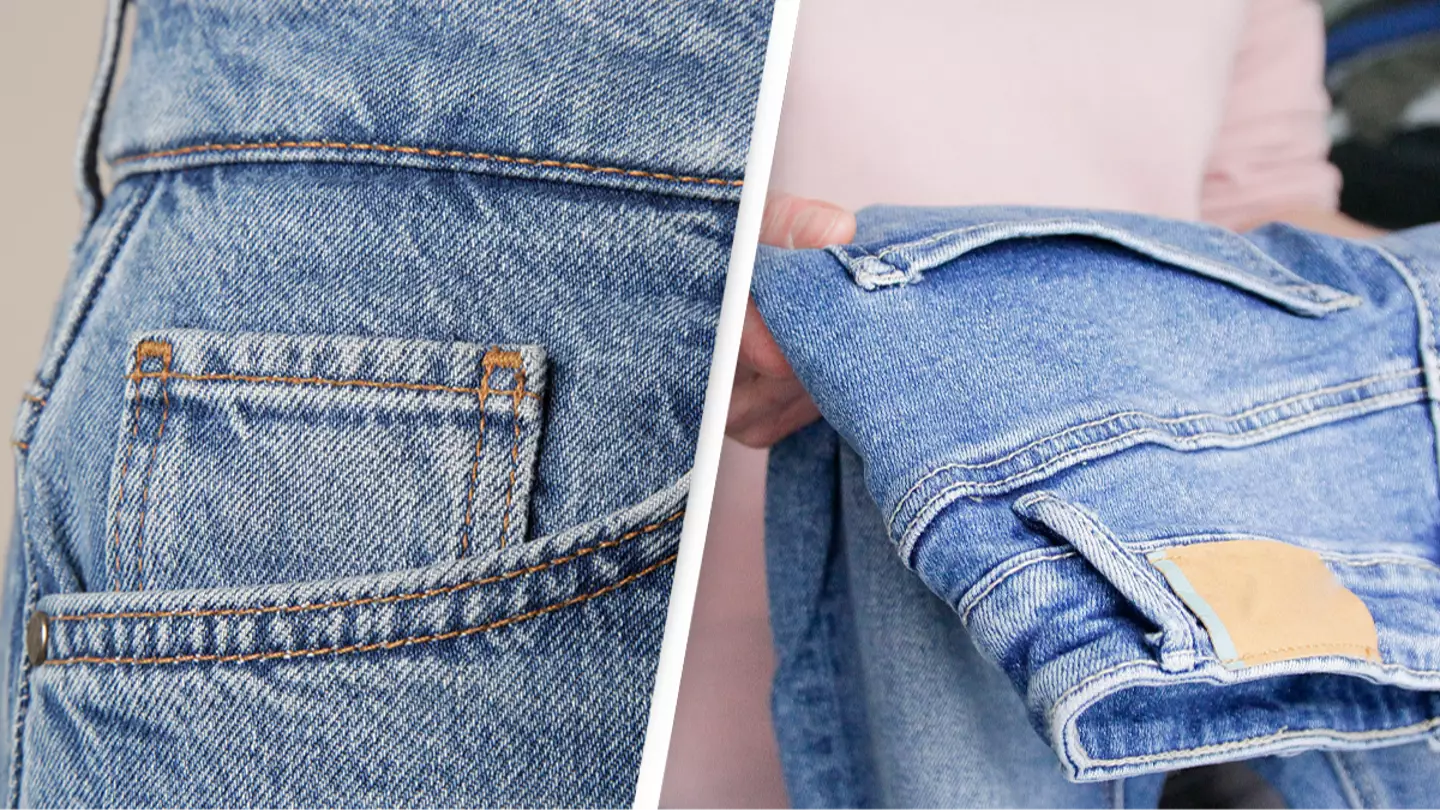Ever wondered about the tiny pocket on the front of your jeans and its purpose? While some might think it’s a handy spot for the loose change we seldom carry these days, there’s more to this little pocket than meets the eye. It’s hard to believe anyone hasn’t pondered the reason behind such a seemingly superfluous feature on our denim. Many assume it’s meant for coins because, well, it fits them quite well! However, this pocket has a richer history than just spare change storage.
The petite pocket actually dates back to 1890 when it was added to Levi’s ‘waist overall’ jeans for a very specific reason. Back in those days, it was commonly used to store pocket watches. In our modern world, where digital screens dominate, the classic pocket watch has become a rarity outside of costume parties or stylistic preferences. Levi Strauss and J.W. Davis even patented an ‘Improvement in Fastening Pocket Openings,’ on May 20, 1873, marking the beginning of this design feature.

According to Levi Strauss & Co’s historian, Tracey Panek, the significance of this pocket is deeply rooted in history. Panek revealed to Insider, “The oldest pair of waist overalls in the Levi Strauss & Co. Archives (from 1879) includes the watch pocket.” These jeans had a design where “our 19th-century overalls had a single back pocket on the right side of the pant beneath the leather patch.”
Interestingly, you won’t find this tiny pocket on suit trousers as pocket watches were typically stored inside a jacket’s interior pocket in formal attire. Despite its redundancy today, there’s a heartfelt reason this pocket still exists on your jeans. During WWII, Levi’s made a small but significant change to this pocket – the removal of the two corner rivets to conserve metal for the war effort.

Panek noted, “The rivets returned to the watch pocket after the war. It was riveted in the top two corners and included our recognizable arch design, known as the Arcuate, stitched with a single needle sewing machine.” This feature, along with others like the rivets on pockets, button fly, arched back pocket stitching, and leather patch, are original elements that define Levi’s jeans.
She further explains on the Levi’s website, “This cinch-free blue jean with the uniform look of the Arcuate was a contrast to previous years when the single-needle application made each Arcuate design unique. It was the blue jean of the future and you can still see it in our 501 jeans more than 70 years later.”
Levi’s adaptation through and post-WWII led to a fresh, modern look with uniform manufacturing. With expansive global distribution, Levi’s jeans have cemented their place as a globally recognized garment. Thus, the tiny pocket on your jeans is not just a relic of the past; it’s a piece of history stitched into the fabric of today’s fashion.

